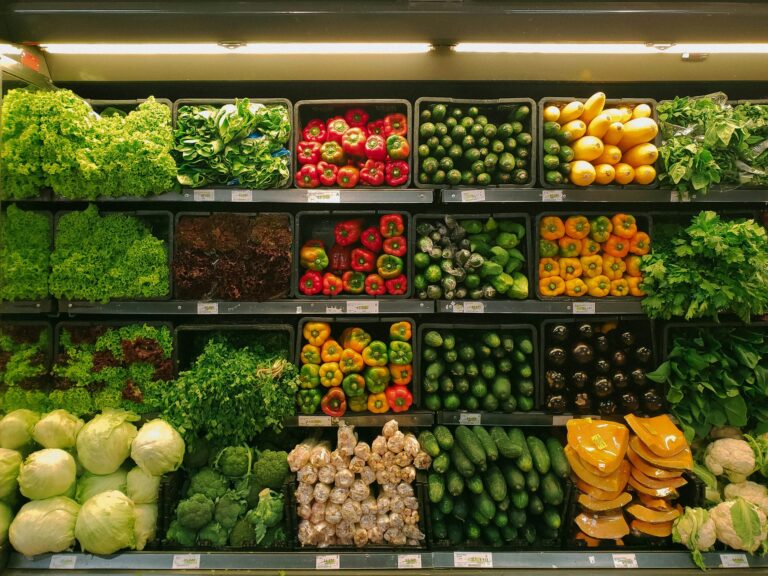Think you need a backyard to grow food? Think again. You don’t need acres of land or expensive gardening equipment to start growing fresh produce at home. Whether you have a balcony, windowsill, or just a sunny corner, you can create a thriving mini garden that cuts down your grocery bill and adds flavor to your meals.
Urban gardening isn’t just for experienced growers—anyone can start. With a few basic supplies and a little patience, you’ll be surprised at how much you can grow in small spaces. Here’s how to start growing your own groceries this week.
1. Start With the Easiest Edibles
Not all plants thrive indoors, so begin with low-maintenance options. Herbs like basil, mint, and parsley are perfect for beginners because they grow quickly and require minimal care. Plus, they’re often overpriced at grocery stores, making them an ideal choice for money-conscious gardeners.
If you want to venture beyond herbs, try cherry tomatoes, lettuce, or green onions—all of which grow well in small containers and don’t demand constant attention. Green onions, for example, can be regrown from scraps by simply placing the bulb in a cup of water.
Starting with easy plants ensures early success, keeping you motivated to expand your indoor garden over time.
2. Choose the Right Containers
Don’t feel pressured to buy fancy pots or elaborate setups—use what you have. Mason jars, buckets, hanging planters, and even old food containers work just fine as long as they have proper drainage.
Drainage is crucial because excess water can cause root rot, killing your plants before they even have a chance to grow. To prevent this, poke holes in the bottom of any repurposed container and place a shallow tray underneath to catch excess water.
For herbs and small vegetables, compact containers work best, while larger plants like tomatoes might require deeper pots. Choosing the right container ensures healthy root growth and consistent yields.
3. Get the Right Light
Plants need sunlight, but if your space lacks natural light, you can still grow a successful garden.
If possible, place your plants near a south-facing window, where they’ll receive the most direct sunlight throughout the day. If natural light is scarce, consider using LED grow lights, which mimic sunlight and promote healthy plant development.
Grow lights are affordable, easy to install, and perfect for apartment gardening. Many come with adjustable settings to provide the right balance of light, ensuring strong, steady growth.
Light is one of the most important factors in indoor gardening, so make sure your plants are receiving the exposure they need.
4. Water Smart, Not Hard
Overwatering is one of the biggest mistakes beginner gardeners make. While plants need water to survive, too much can drown the roots and prevent proper growth.
A simple trick to avoid overwatering is to check the soil with your finger. Insert your finger about an inch deep—if the soil feels dry, it’s time to water. If it’s still moist, wait a day before checking again.
Most indoor plants prefer soil that is moist but not soaked, so watering once or twice a week is often enough.
Developing smart watering habits will help keep your plants healthy and prevent unnecessary waste.
5. Fertilize and Rotate
Just like outdoor gardens, indoor plants need nutrients to thrive. Every few weeks, feed your plants with an organic fertilizer to keep them strong and productive.
If growing indoors, it’s also important to rotate your pots occasionally. This prevents plants from leaning too much toward the light source, ensuring even growth on all sides.
A little maintenance goes a long way—with proper fertilizing and occasional rotation, you’ll see steady improvement in your indoor garden.
Start Small and Grow Over Time
Growing your own food doesn’t have to be complicated or expensive. With a little patience and the right setup, you can turn any small space into a thriving garden.
Start small, learn what works, and you might just find that your next salad came straight from your own kitchen.




